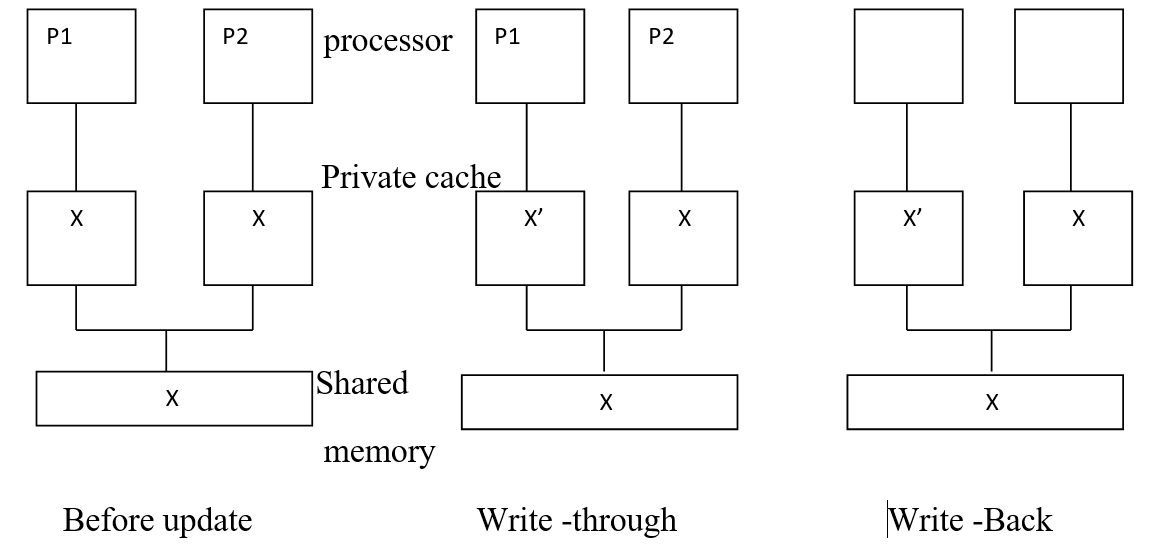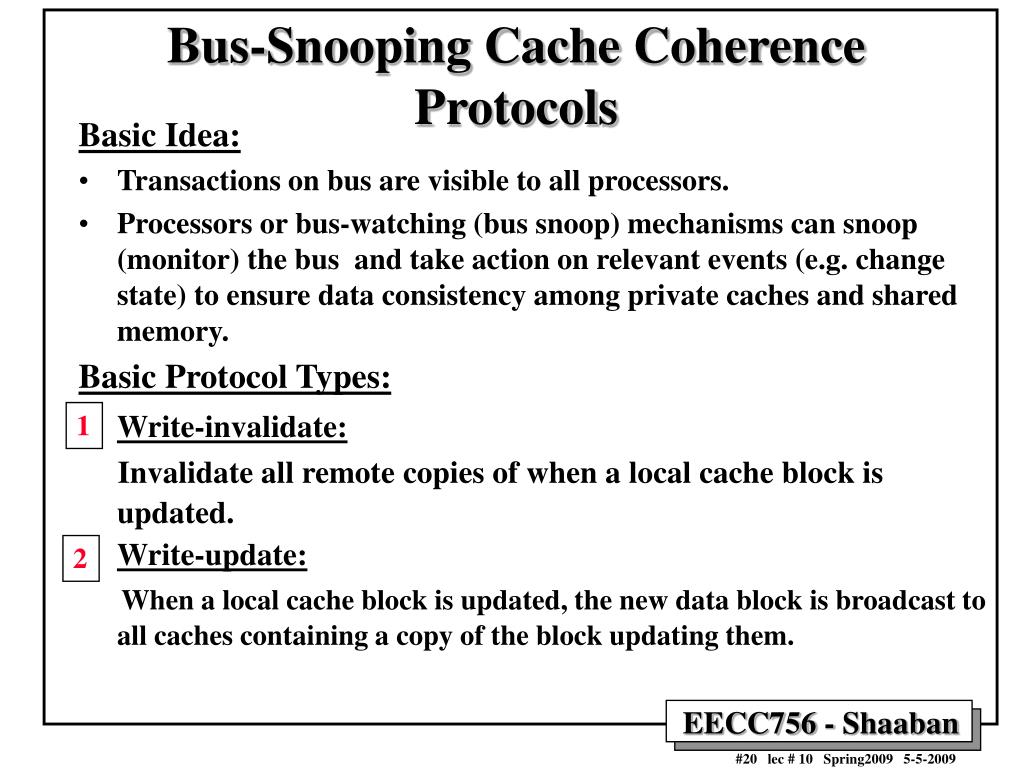

- LOCAL PRIVATE CACHE WRITE THROUGH UPDATE
- LOCAL PRIVATE CACHE WRITE THROUGH ANDROID
- LOCAL PRIVATE CACHE WRITE THROUGH FREE
- LOCAL PRIVATE CACHE WRITE THROUGH WINDOWS
If you can't access some IU websites or online services
LOCAL PRIVATE CACHE WRITE THROUGH FREE
As soon as the target device runs out of free memory space to store any writes the system will switch to the local hard drive (cache on device hard drive). From the Opera menu, select Settings, then Privacy & Security, and then Clear browsing data. Cache on Device RAM with overflow on HDD.
LOCAL PRIVATE CACHE WRITE THROUGH WINDOWS
After the "All Clear!" message appears, exit/quit all browser windows and re-open the browser.Select Browsing history, then Cookies and saved website data, and then Cached data and files.Click the History icon (looks like a clock), and then select Clear all history.In the top right, click the Hub icon (looks like star with three horizontal lines).If you still have Edge Legacy, UITS recommends installing the new Chromium-based Microsoft Edge by running Windows Update. Microsoft Edge Legacy support ended on March 9, 2021. Next to "Details", click the down arrow to choose which elements of the history to clear to clear your entire cache, select all items.From the Time range to clear: drop-down menu, select the desired range to clear your entire cache, select Everything.If the menu bar is hidden, press Alt to make it From the History menu, select Clear Recent.To clear your entire cache, select All time. At the top of the "Clear browsing data" window, click Advanced.įrom the "Time range" drop-down menu, you can choose the period of time for which you want to clear cached information.Choose the data type you want to clear.Tap Clear History and Website Data and confirm.Check Cookies and Site data and Cached Images and Files.From the "Time Range" drop-down menu, select All Time.Exit/quit all browser windows and re-open the browser.In the list of installed apps, find and tap your web browser.

LOCAL PRIVATE CACHE WRITE THROUGH ANDROID
The steps to clear your cache, cookies, and history may differ depending on the model of your Android device and your preferred browser, but you should be able to clear your cache and data from your application management settings menu:

Turn Private Browsing on or off on your iPhone, iPad, or iPod touch.no-cache, private content-type: text/html charsetUTF-8 date: Mon. Browse in private with Incognito mode (Chrome desktop and Android) Add a reverse proxy cache in production to enable caching, and use a CDN to cache on.If you need to clear your cache, cookies, and history for troubleshooting purposes, but aren't yet prepared to lose the content listed above, you may wish to consider using a private browsing window in your preferred browser as a temporary solution: Microsoft 365 apps and services no longer support Internet Explorer. Disk caching can be enabled by setting the cache environment variables for MinIO gateway. UITS strongly recommends that you use a supported browser, and not Internet Explorer (IE).In Firefox, if you don't see the menu bar, press Alt. If you're unsure what browser version you're using, from the Help menu or your browser's menu, select About. resulted in this cached response responsetime is the (local) time. If you don't see instructions below for your specific version or browser, search your browser's Help menu for "clear cache". The goal of caching in HTTP/1.1 is to eliminate the need to send requests in many.

LOCAL PRIVATE CACHE WRITE THROUGH UPDATE


 0 kommentar(er)
0 kommentar(er)
